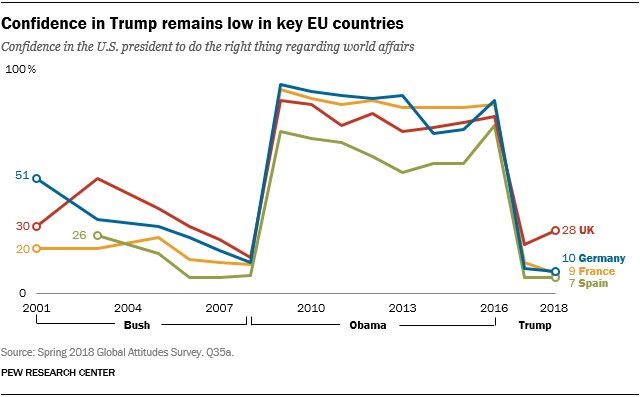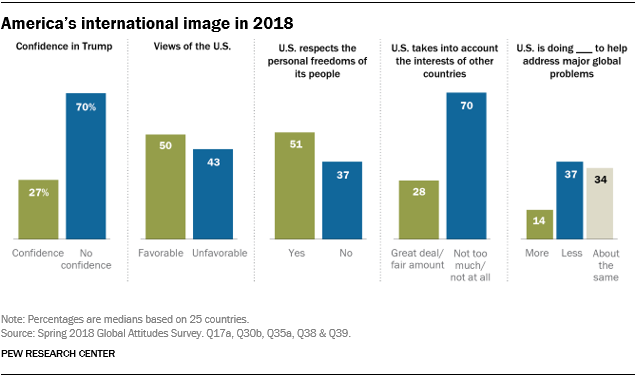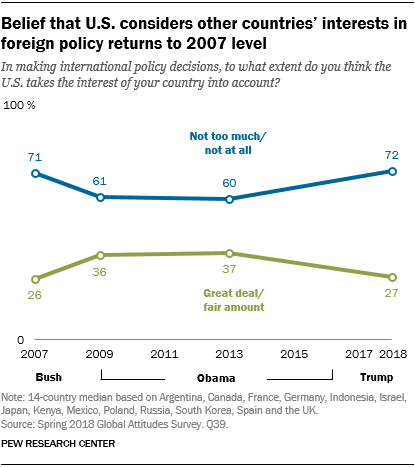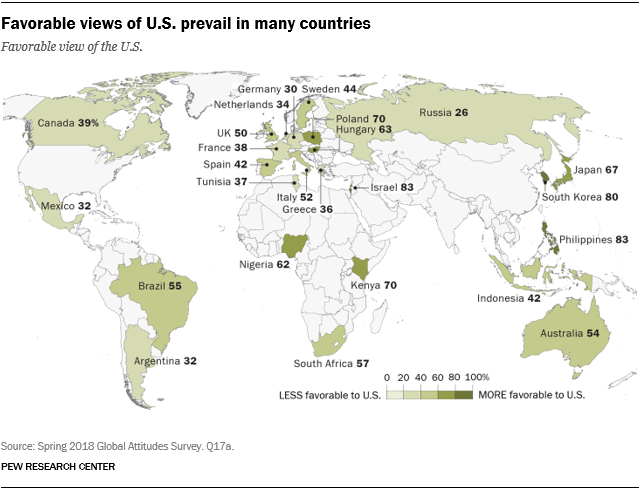GROW's share price has risen nicely this year.
 https://stockhouse.com/companies/quote?symbol=v.grow
https://stockhouse.com/companies/quote?symbol=v.grow
Several factors have contributed to this increase:
- tests which demonstrate a substantial increase in growth rates for a variety of commercial leaf and flower crops
- a growing recognition of the benefits of GROW's technology
- a low risk business model to encourage adoption of the technology
- technology which can be incorporated easily into existing overhead irrigation systems within and outside greenhouses
To date, the company has focused its efforts in North America. The recent expansion of marketing efforts to include Europe and the Middle East should result in a significant expansion in GROW's footprint.
GROW's intention to expand its presence is described in the above-cited news release:
GROW’s objectives at this international agriculture technology innovation conference include:
1) To meet with potential Middle East Agri Industrial Partners/Distributors
2) To meet potential Middle East, EU and other international customers
3) To tour various greenhouses and shade facilities in several Emirates (i.e. Abu Dhabi and Dubai) that have expressed interest in CO2 Foliar Spray.
The Conference is significant in that it was attended by 7000 delegates from 122 countries.
On April 10, 2019, Aaron Archibald, COO, made the following observations about the conference:
- GROW was fully booked with one-on-one meetings with clients
- he mentioned GROW's intention to explore collaboration with a major European greenhouse manufacturer
- an interesting tidbit: Aaron identified numerous quality revenue opportunities at the Conference. In addition, Aaron visited major indoor greenhouses that had expressed interest in the CO2 Foliar Spray technology, reviewing initial installation requirements and terms. Currently, none of these facilities can use CO2 gas due to excessive heat that has to be vented. This leaves CO2 Foliar Spray as the only logical value added CO2 gas service that can be integrated into existing spray racks. Who knew?
My View
- GROW has not been an overnight success story. Rather, new management changed the strategic focus of the company and in a methodical way, developed and tested the technology and its application in recognition of the fact that the agricultural sector is a "show me" industry.
- It focused initially on North America, a market which it knows and whose cultural and commercial values are within the genetic make-up of the company.
- It developed a business model which reduces risk for adopters of the technology and which is respectful of the need to minimize the demand for cash on the part of growers at the front end of contracts.
- It has the pragmatism to be willing to enter into contractual agreements with larger partners (e.g. equipment manufacturers and others) in order to expand its market reach through existing channels. This should also have the collateral benefit of bringing more muscle to the table to defend potential incidents of IP infringement.
The company should be fairly recession proof in the sense that the cannabis industry is expanding rapidly due to the legalization of pot in North America and elsewhere. The use of pot and booze during hard times is not likely to diminish. Further, the company occupies a nice strategic niche in the cannabis industry. Competition and the number of players in other niches such as production and distribution make it more difficult for investors to profit.
GROW has surmounted many hurdles on its journey. At present, the only major concern I worry about is IP infringement and the time lines associated with the company's efforts to register its patents. Food stressed countries such as China cannot be depended upon to respect the company's IP. In light of this, it may make sense for GROW to partner with an international corporation based in the U.S. - this given American political sentiment about the theft of IP.
I have the sense that the best days lie ahead for this well-managed company. Its growth will present the usual management issues (e.g. staff recruitment/training/retention, increased legal demands, expansion of the capacity to build and install and monitor systems etc.) However, management and members of the board of directors have "been there" before. One thing is certain: GROW should have no difficulty in securing additional financing at reasonable terms. My hope is that the share count will not be expanded as part of the process.
GROW is now the most valuable member of my crew.
I expect that the share price will be volatile. The company is tiny and the price is subject to significant change on small trading volumes at current pricing levels. One needs to be prepared for this with the hope/expectation that over time, the general trend will be upward as GROW starts to earn revenues through direct contracts with growers and collaborative agreements with larger companies. There is also the possibility that GROW will be bought out at a premium, but I hope that this will not occur as I consider that the best days for the company lie ahead. It's been an interesting journey so far.
To date, investors are betting on the quality of management, GROW's strategic sweet spot and what appears to be a superior technology with varied applications that convey demonstrable benefits to growers. However, in order to sustain its share price, GROW will need to show an sustained increase in revenues. This will be the metric I will be using to monitor my investment in this company.






